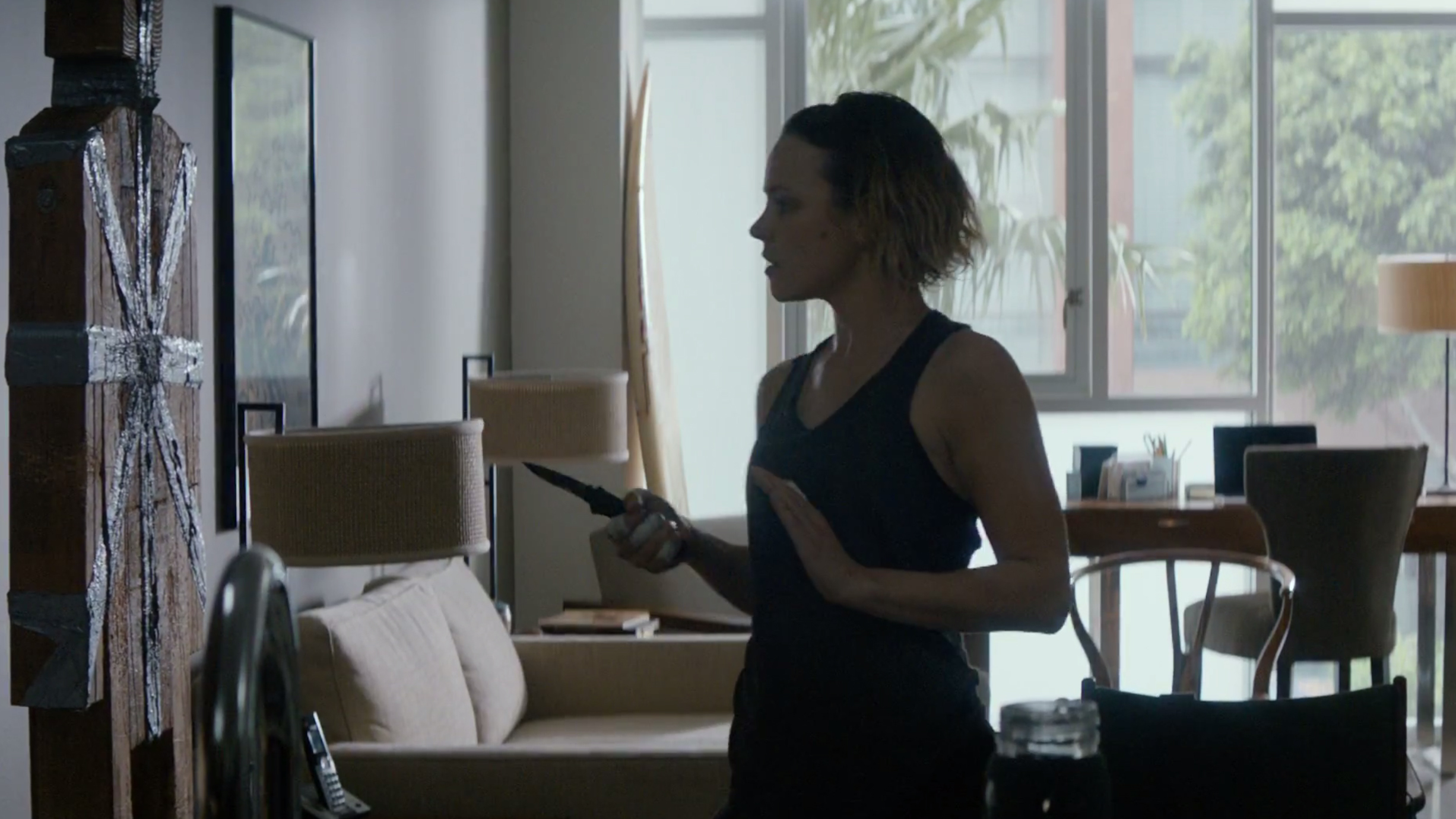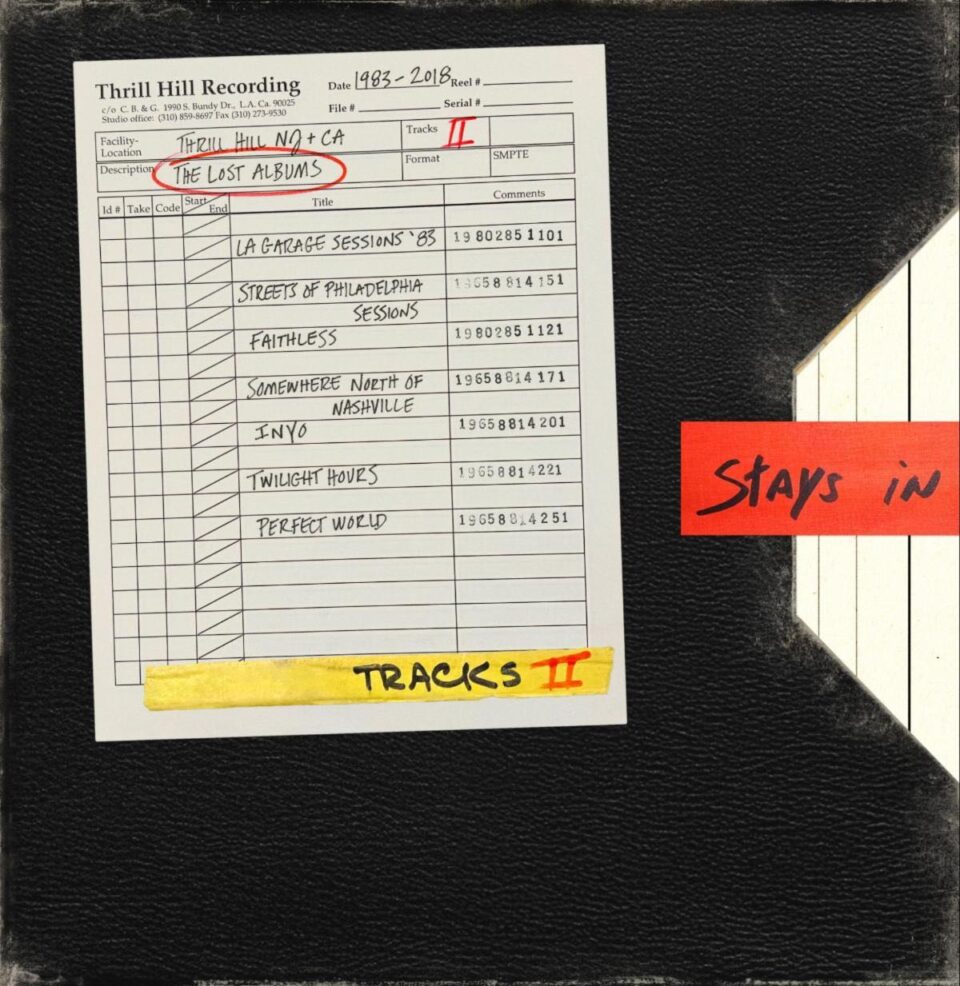You want ungenerous metaphors for season two of True Detective built right into one of its worst episodes? “Church in Ruins” gave you plenty of options. There’s Ani, sweating it out with her stabbing log while shrugging off Athena’s painting of “a woman drowning on dry land”: “I don’t really get art,” Ani says before she resumes fighting a thoroughly wooden opponent. There’s Semyon, stealing a baseball from a kid who’s trying to take his mind off of his troubles—and to whom he’s no more than a stranger—and offering unsolicited, self-serving advice. Here’s Velcoro, agonizing over his inability to forge a bond between himself and his son, begging Chad to always remember that he, Velcoro, is his father, not anyone else. “K,” Chad says before turning back to the TV (someone get that kid a Netflix account and let him watch all the Friends he wants).
Has season two of True Detective been that bad? No. Or, not always. In my recap of the first episode, I talked about the vague sense of evil that lurked in the overhead tracking shots, an evil that—I hoped—was finally going to enter the picture following the shootout at the end of episode four. Now that we’re only two hours away from the ending, that evil—the sense of worry that came with all of those shots and all of the hinted-at possibilities that girded my patience through the early episodes—has burned off like a mid-day smog. All that’s left is atmosphere devoid of substance or intrigue; there may be something lurking in whatever mysteries still cover Vinci and the rest of the California coastline, but whatever it is, the show has studiously avoided it. And when it arrives, when we learn who killed Caspere and who is behind the continued degradation of an already depraved set of public institutions, it’s hard to imagine that we’ll care.
Which isn’t to say that “Church in Ruins” was all bad. Director Miguel Sapochnik’s early cut from the barrels of Semyon and Velcoro’s guns to the flash of crime-scene photographers was particularly effective. With legal protection present in the form of a case worker, Ray’s ability to intimidate Chad is hamstrung, freeing the poor kid to eat pizza and give his dad a third of his attention like any normal kid would. Ani shuddering under the weight of having killed the orgy’s security boss showed her at what has by far been her most vulnerable, and was a welcome counterpoint to her earlier sparring match and the posturing inherent therein. The redlining electro take on Link Wray’s “Rumble” that bled behind the action was a nice touch. And Abigail Spencer continues to carry Gena’s character with a very human pride and resilience missing from just about every other character, and is the only person here who seems to be living in the real world—and that despite the darkness she’s faced.
That’s perhaps what’s made this second season of True Detective so disappointing. We’re not seeing bad people struggle with their flaws and the consequences of their actions; despite Velcoro’s insistence otherwise, he’s not raging against himself but against a world that doesn’t let him have what he wants. Even when the circle of season one was at its flattest, Rust and Marty were both able to pry it open a little bit, to let a little light come through. Maybe it’s a fundamental inability to balance mystery and plot trajectory across so many divergent story lines, maybe it’s Nic Pizzolatto’s reaction to the hype and backlash cycle that season one went through, maybe it’s a general contempt for the difficulty that comes with trying to communicate your life to yourself and to others. Whatever the cause, True Detective has done everything it can to keep us from identifying with—and therefore caring about—its four principal characters.
“I just don’t understand why you work so hard to be alone,” Athena, who is doing her best to meet her sister halfway, tells Ani. You want metaphors? There’s your metaphor.









